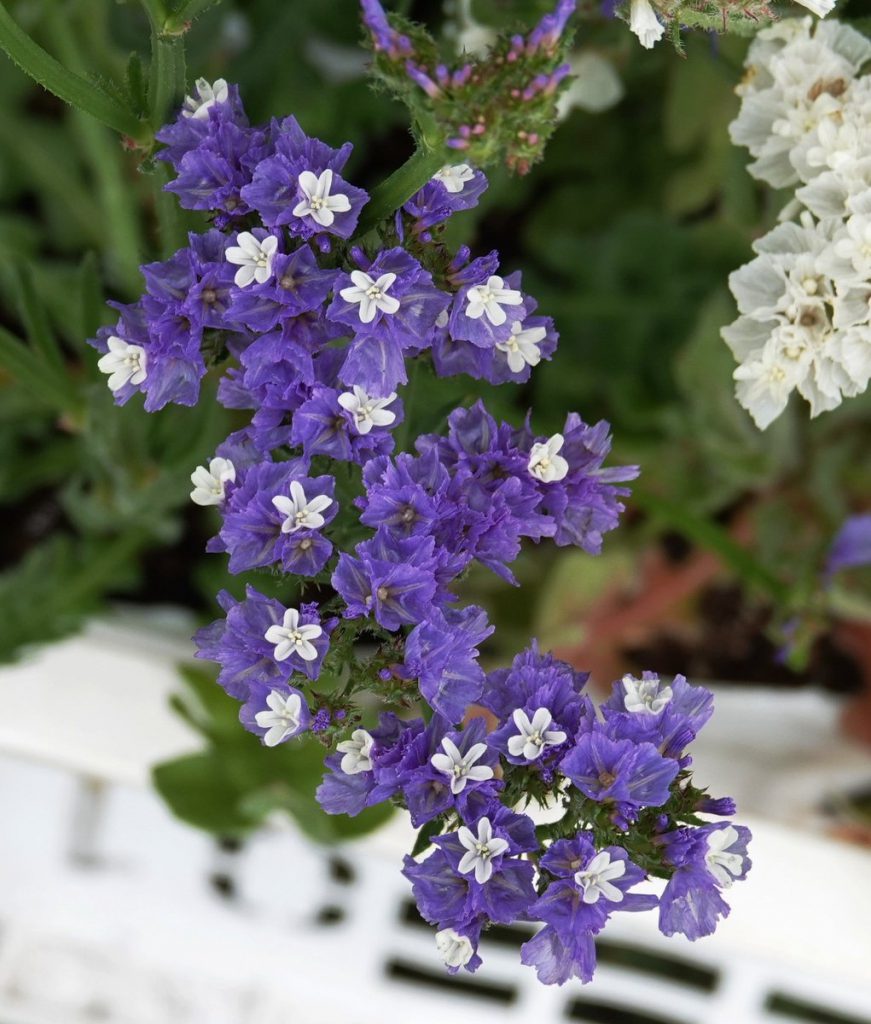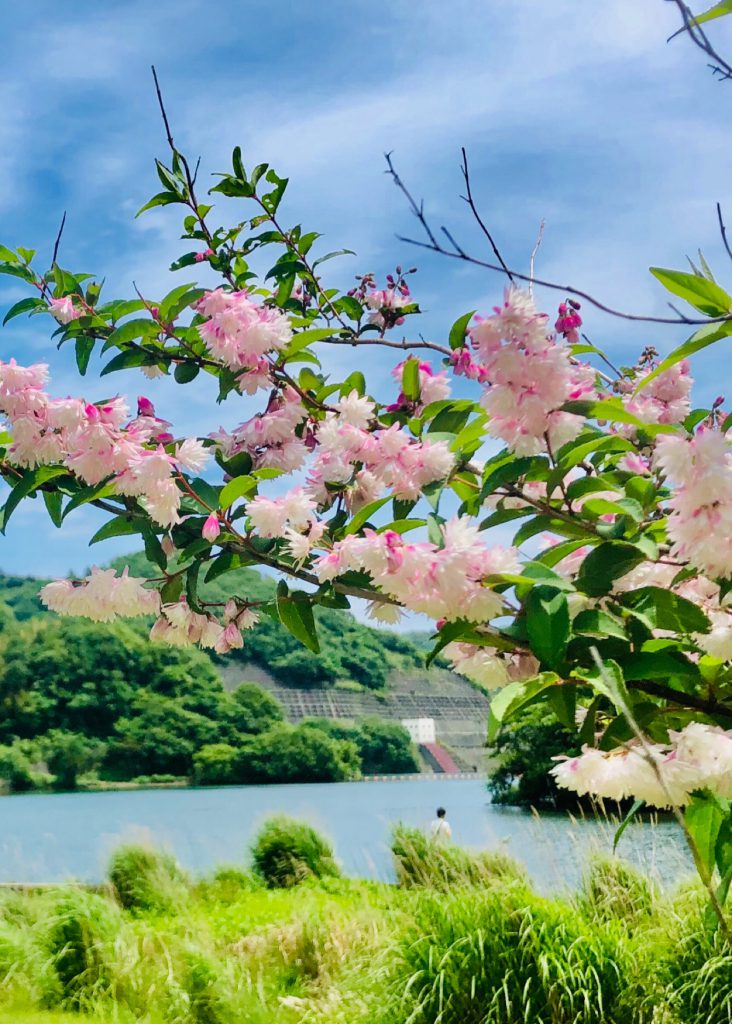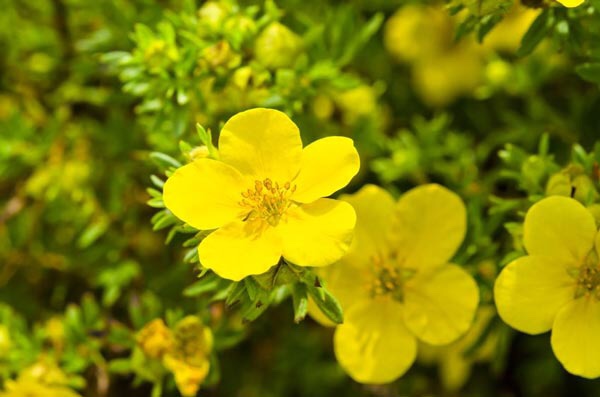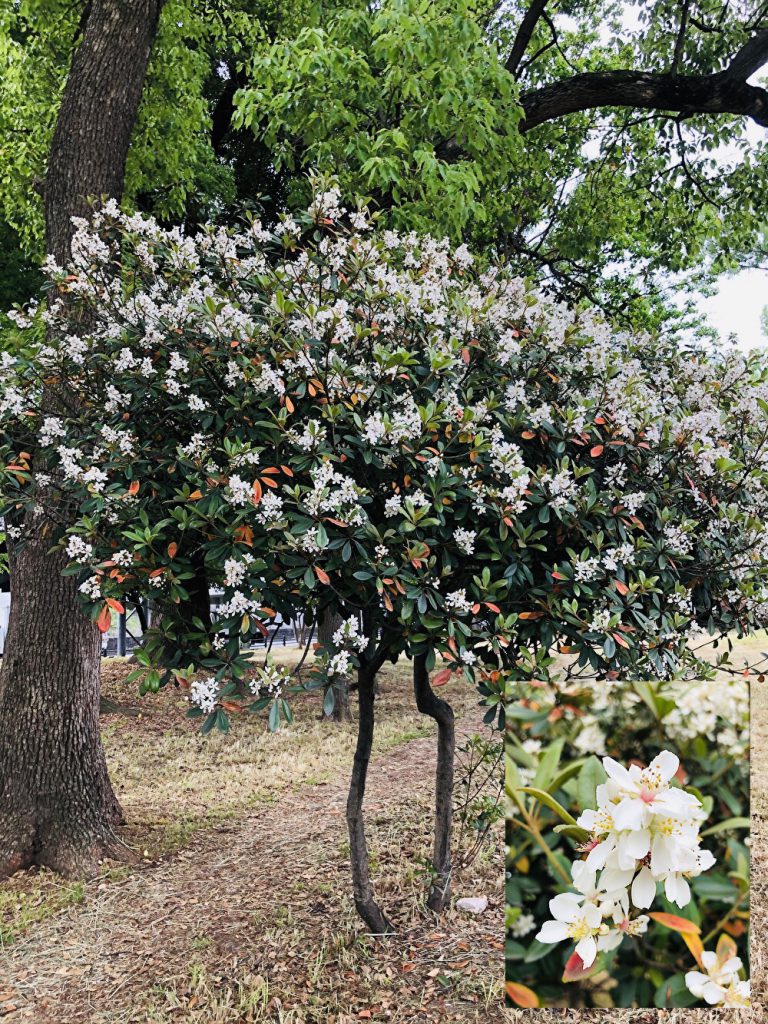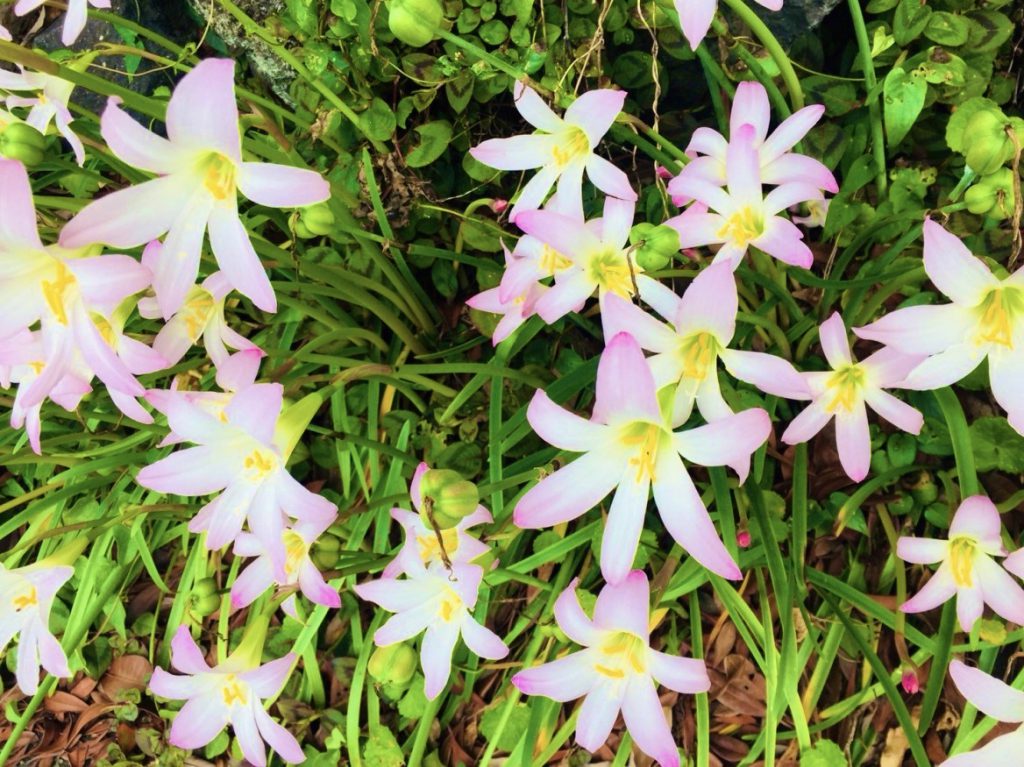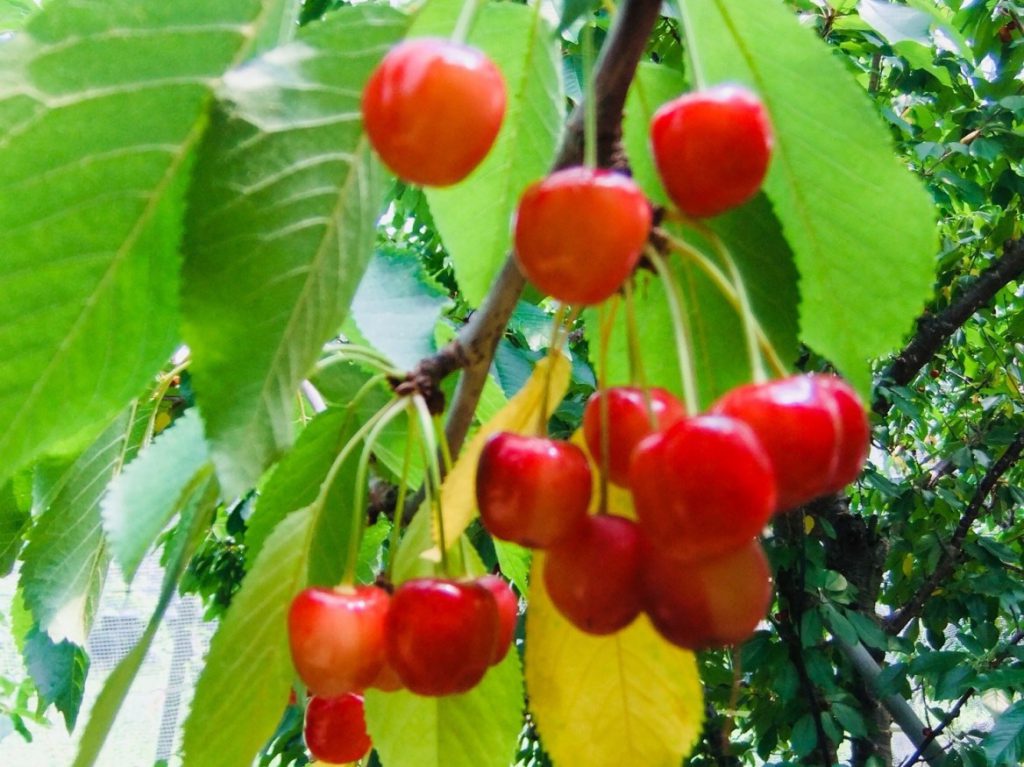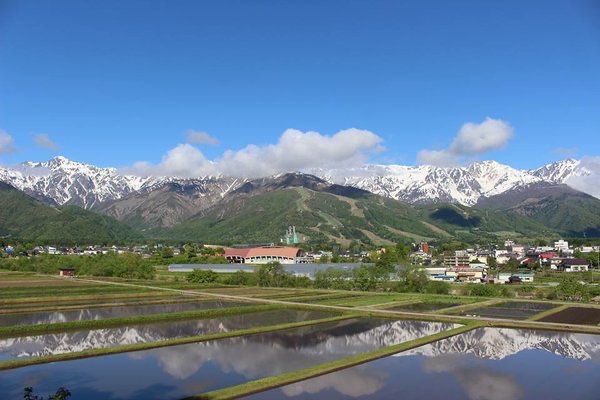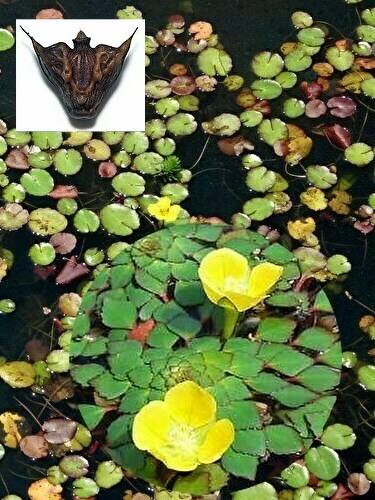
Hiruzaki-Tsukimiso, which keeps blooming in the daytime too, has a long name. It is difficult to compose this with 5,7,5. If you try to follow the haiku form, seven sounds are not enough. They couldn’t stand this crampedness, so Free-Haiku was born. Now, Tsukimiso which only blooms in the night is an endangered species and rarely seen. It is usually Matsuyoigusa that is mistakenly referred to as Tsukimiso. This Matsuyoigusa is a yellow flower, so it is clearly distinguishable from the white Yoimachigusa. In that respect, Hirukami-Tsukimiso is very Tsukimiso.
昼咲き月見草、長いですね。これを五七五に読み込むのは大変です。字余り承知で読むならまだしも、俳句の形式を踏もうとすると、七音では足りない。この窮屈に我慢出来なくて自由俳句が生まれるわけですが。さて、月見草はもはや絶滅危惧種、滅多に見られません。勘違いして月見草と語られるのはたいがい待宵草。これは黄色い花ですから、白い月見草とははっきり見分けられます。その点、昼咲き月見草は月見草によく似ています。

